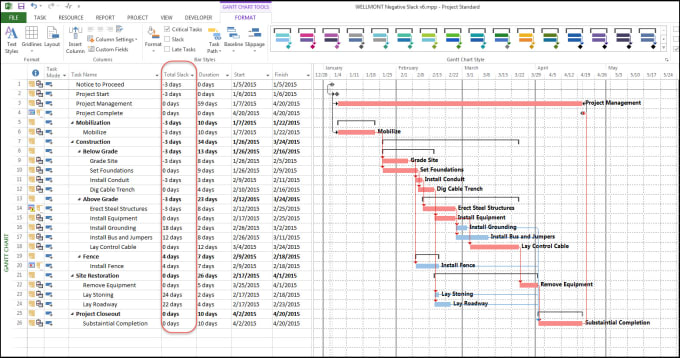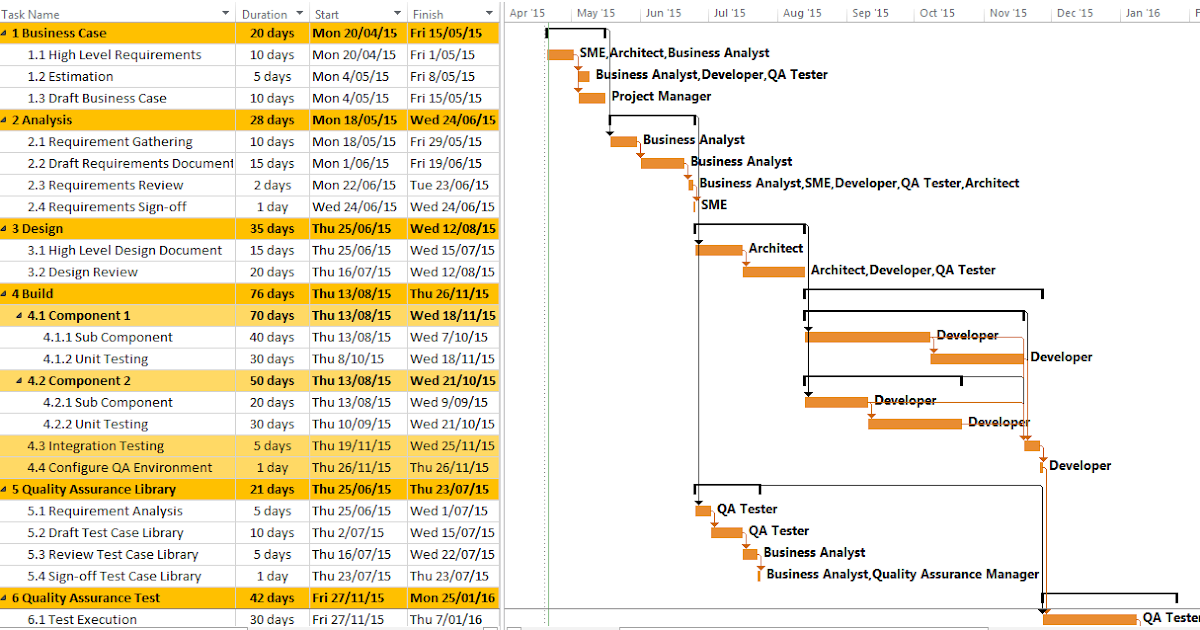

So how does a new-generation tool like LiquidPlanner compare to a traditional one like Microsoft Project? We built LiquidPlanner based on the belief that teams work best when they organize tasks by priority, make best/worst case estimates, collaborate in one central location, and can rely on a predictive scheduling engine that dynamically updates whenever plan items change. LiquidPlanner: A Microsoft Project Alternative Turn the clock forward to today, and you’ll see a new landscape of project management tools-tools that have transformed a rigid, desktop-only project management environment to one that is collaborative, fluid and cloud-based. We don’t have to tell you about the pain associated with this process, or about how impossible it is to keep the schedule truly up to date. This person would create a project schedule, send the plan to the team, which they could access if they had the scheduling tool installed, and then attempt to keep the schedule updated by manually tracking and inputting updates.

Just think: 15 years ago, the predominant project management method was using a tool that lived on one person’s computer-namely, the project manager. But times and the way we work have changed, and you need a project management tool that better fits your evolved needs.

Which makes sense-after all, Microsoft Project was the go-to project management software for years. We’re often asked how LiquidPlanner compares to Microsoft Project.


 0 kommentar(er)
0 kommentar(er)
